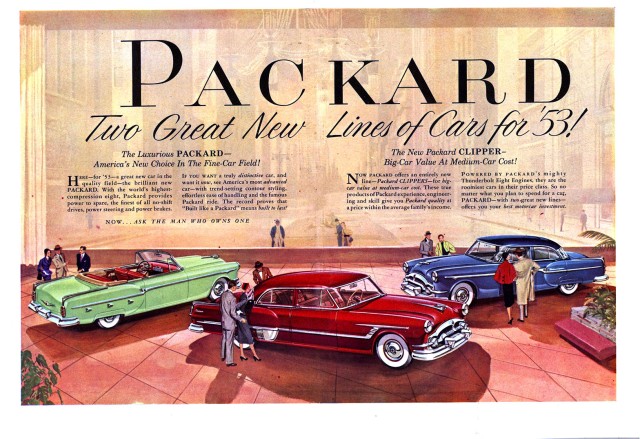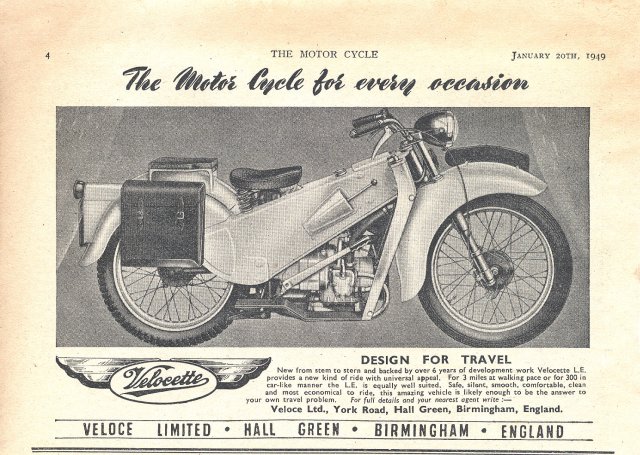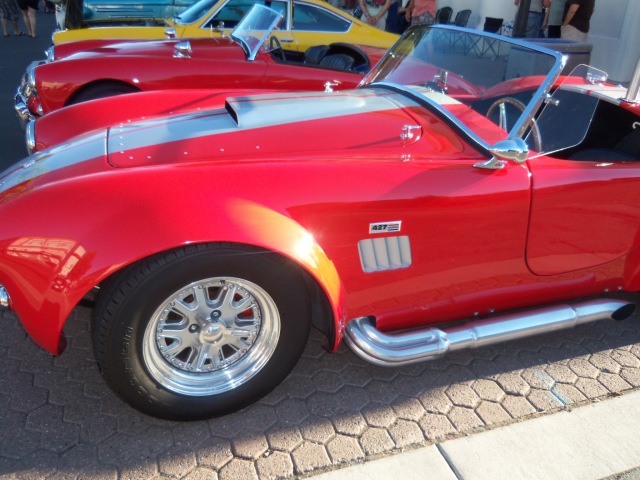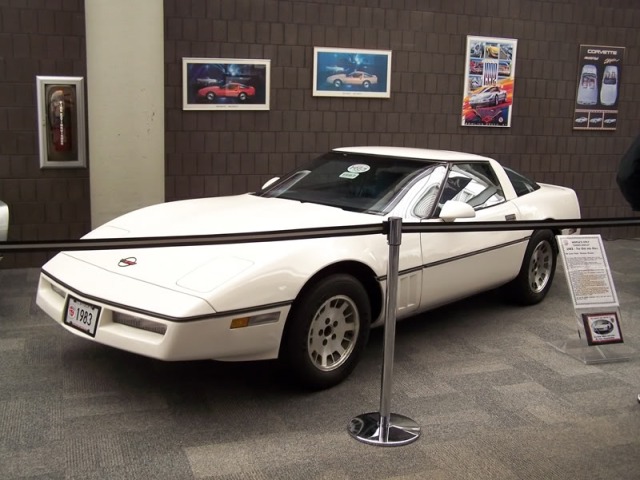Classic Car Spotlight: The Lincoln Continental
Classic Car Spotlight: The Lincoln Continental
It’s believed by many that the very first Lincoln Continental, developed as Edsel Ford’s one-off personal vehicle in 1939, was planned to be put into production if successful. Ford commissioned a custom design in 1938 from the chief stylist, Eugene T. “Bob” Gregorie, ready for Edsel’s March 1939 vacation. The design, allegedly sketched out in an hour by Gregorie working from the Lincoln Zephyer blueprints and making changes, was an elegant convertible with a long hood covering the Lincoln V12 and long front fenders, and a short truck with what became the Continental series’ trademark, the externally-mounted covered spare tire.
Lincoln Continentals of the 50’s were known for their price. In fact, Continental for ’56 was one of the most expensive cars in the world. With a price tag of $10,000, it rivaled Rolls-Royce. Despite this high costs though, Ford Motor Company actually lost money on each one sold. This vehicle was an image builder for the company, as well as test beds for new ideas and concepts. However, between the stories of dealers turning potential buyers away because they were not deemed to be the right kind of people to own Continental, and its sticker price found affordable by only the world’s wealthiest, the Continental became a bit of a myth in this decade.
Another distinguishing feature of the Lincoln Continental, at least in the 60’s, were what’s known as “suicide doors”, or rather rear-swinging doors. There is no definitive answer as to why they are called this, however many people speculate that they got this name due to the fact that if the latch was opened while driving, the door would get ripped open by the air flow. In an era of no seatbelts, one can only imagine what would happen to the vehicle’s passengers.
Although Lincoln Continentals surged on through the 90’s, Lincoln announced the end of the model production after 2002, after a few slow-selling years. The cancellation of the Continental was due largely to the continued shift in the consumer marketplace away from large front-wheel drive luxury cars.
Whether you own a classic Lincoln Continental or any other type of classic or antique car, it’s important to protect it financially with the right type of Classic Car Insurance Coverage. At Condon Skelly, we know how exciting it can be to start a classic car collection. We’ve been helping our customers protect their classics with affordable, industry-leading insurance coverage since 1967. We’re a group of collectors, enthusiasts, and professionals who specialize in insuring all types of collector vehicles. For more information, please contact us today at (866) 291-5694.









